Getting to Know Classic Neo Architecture
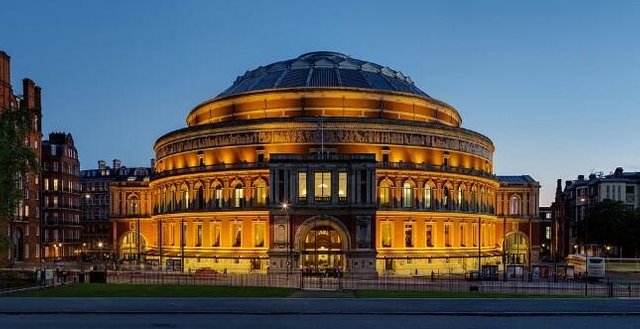
The classical neo architecture is the architectural style produced by the classical neo movements that began in the mid-18th century. This style adopted the style of ancient classical architecture, the Vitruvian principles, and the work of Italian architect Andrea Palladio. In central and eastern Europe, this style is usually referred to as Classicism (in German Klassizismus).
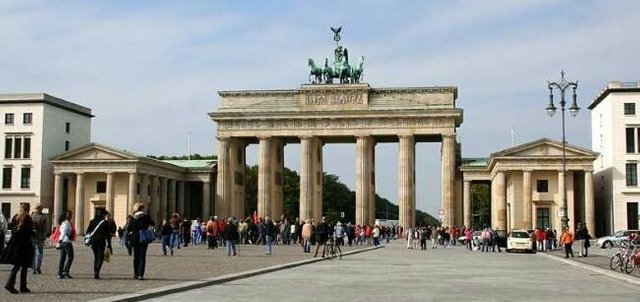
The classical Neo emerged as a desire to re-feel the "purity" of ancient Rome and Greek art, with a clearer and more idealized perception. Many neo classical architects in the early nineteenth century were influenced by images and projects from Étienne-Louis Boullée and Claude Nicolas Ledoux. Many of Boullée's graphic images depict geometric architecture with the concept of eternity of the universe. LeDoux discusses the architectural concepts of buildings that must be able to communicate their functionality to the viewer.
Neoclassical architecture is a reaction to the architectural style of Rococo and Baroque. The number of discoveries from the relics of Greek and Roman architecture also triggered the emergence of neo classical architecture style. In the 18th century many people were interested in digging on old sites, especially Greek sites.
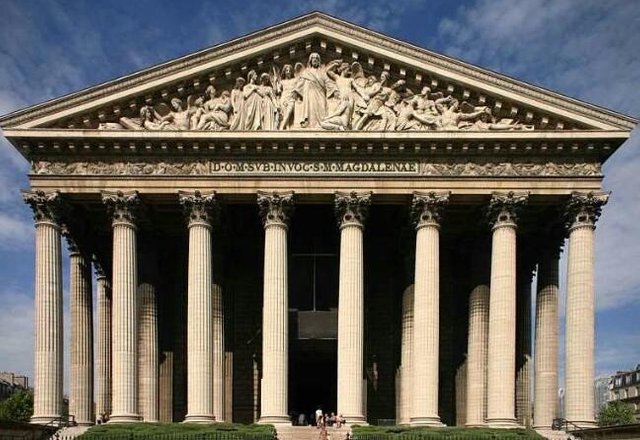
The characteristics of Neoclassical architecture include:
1.The lines are clean, elegant, the appearance is neat (uncluttered)
2.Symmetrical
3.Free-standing columns
We can see the ideal form of classical neo architecture in the temple. The temple is a building that represents classical architecture in its purest form. Columns are used to withstand heavy loads from building structures. However, later columns are also used as architectural elements of the architecture. The roof usually has a flat and horizontal shape.
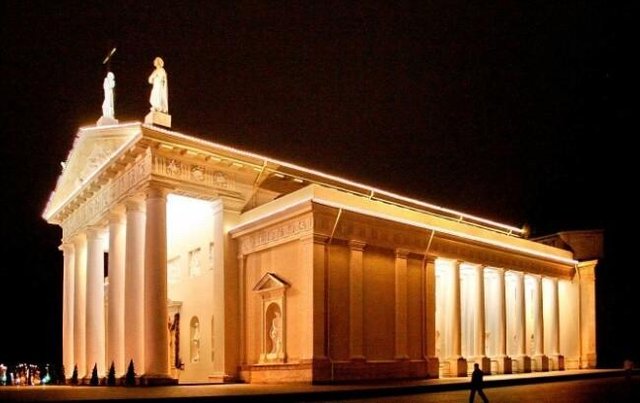
The style of neo classical architecture has no dome or tower. Building facades are usually flat and long. Often there are also free-standing columns. The exterior is built in such a way as to create the perfect classic style, such as doors and windows. On the exterior the use of decoration is reduced to very little. Often there are also gardens around the building with geometric patterns.
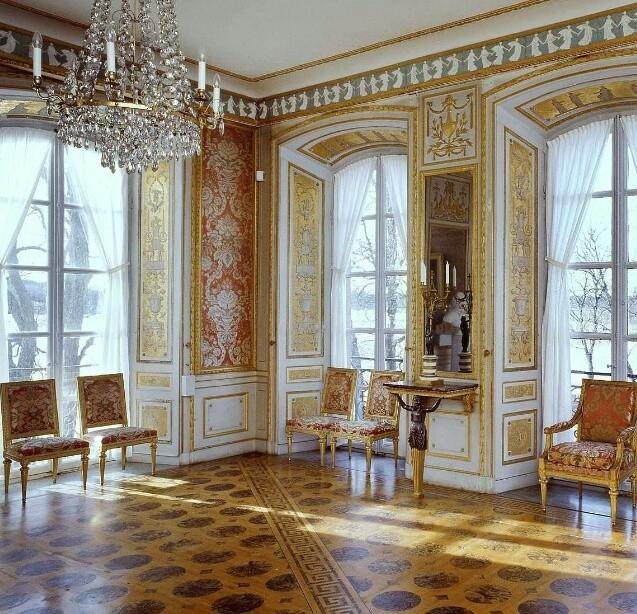
On the inside of the classical neo buildings are made similar to classical style interiors, which are inspired by the rediscovery of the city of Pompeii and Herculaneum. Antiques from Herculaneum show that even the most antique items in the Baroque period, or William Kent's most "Roman" room are based on the exterior temple's basilica and architecture adapted from the outside into the room. Thus, the appearance of the room often looks majestic and bombastic to modern eyes, like a window frame that turns into a gold-plated mirror.
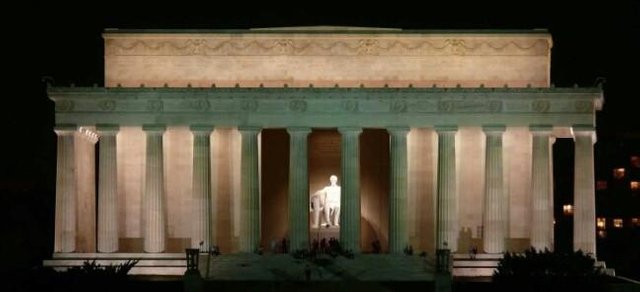
Neo classical also influences the spatial planning of the city. The ancient Romans used city planning aimed at defense and also the comfort of civil society. Basically, the road system, the public service center, the slightly wider main road, and the diagonal roads are characteristic of the highly ordered Roman design. The facade looks old-fashioned and the lay-out of the building is oriented towards the design patterns of the city. The Romans also attached great importance to public buildings. Many of these urban planning patterns were used to design modern cities in the 18th century. Examples are Karlsruhe and Washington DC.
Neo classical style is often found in buildings in the UK and the regions of Rome, Paris, and Berlin. You can also apply this classical neo style to a private residential home. Here are the typical neo classics on the aspect of color, furniture and accessories
We shape our buildings; thereafter they shape us.
- Winston Churchill